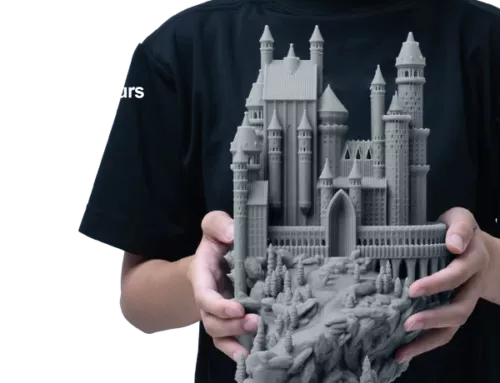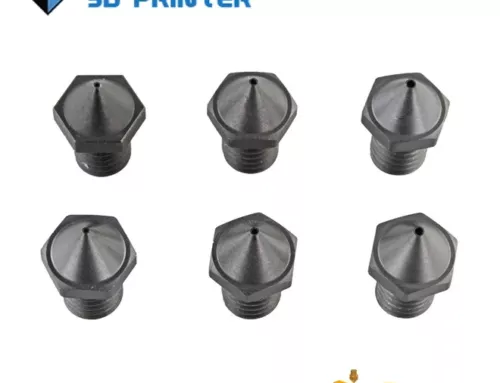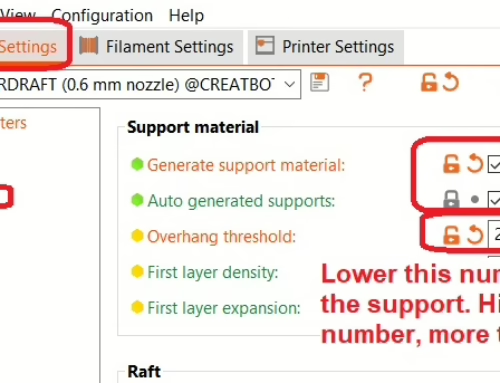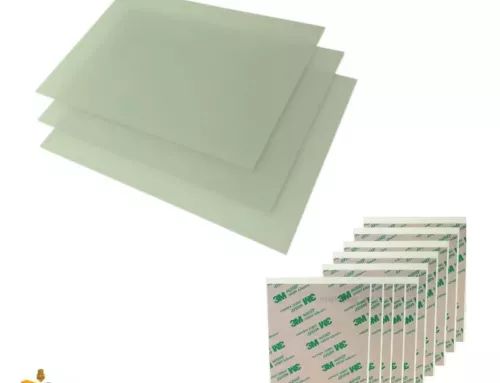Sunlight has UV. Why bother buying a Curing unit?
New Zealand has very high levels of UV. Why should we not use the free UV?
There is a myth that it is perfectly fine to cure with sunlight.
This is commonly believed in places that have Ozone holes, or are generally hot.
Though sunlight has UV in it, there is very less intensity of 405nm wavelenth UV that is needed to cure 3d prints.
The correct UV wavelength is able to penetrate part surface, sunlight can not.
Sunlight will also heat up your model much more than the UV you would get to polymerise the liquid.
Enough UV to give you a tan or a sun burn, sure. But to cure a 3d print – not really.
Curing in the sun heats up models unevenly, & causes distortion.
A curer rotates as it exposes UV, thereby raising the part temperature evenly.
This rise improves the interlayer adhesion & creates strong components that exhibit the qualities the resin makers expected you to achieve.
But heat up parts the wrong way & they will crack.
Curing the part internally is critical for castable wax resins, otherwise the uncured resin will not burn correctly in the casting process which will leave ash residue & make a defective metal piece.
So if you want the detail in your jewellery, you need perfect curing or you’ll waste your time & money with the cast.
So if heating a part is bad, why use a heated curer?
Heated curing units heat up the entire chamber with a convection heater.
They do this while exposing UV from multiple sides, & rotating the parts.
Heating the part uniformly at a slow rate improves inter-layer adhesion. This is called annealing, you may have heard about it.
Heat also speeds up the internal polymerisation process of the resin.
Heated curers have stable environments so they are able to deliver much higher power level of UV compared to standard curers.
So they not only cure better stronger parts with sealed surfaces, they also cure much faster.
With certain resins, if you dont do a heated cure, you will not get the final mechanical part properties that you expect as per the manufacturer guidelines.
This is particularly for industrial resins like the Henkel Loctite engineering resins, & many intra-oral dental resins.
High Wax content resins also benefit hugely from this, as they are otherwise brittle, & should you not cure, they will crack prematurely in the foundry & destroy the metal cast.
If they are so good, why are heated curers not popular?
Heated curers are actually very popular in industrial & dental resin 3d printing.
But because they are quite expensive, most companies only made consumer curers like the common wash & cure units you see cheaply available.
Thankfully, heated curers are slowly dropping in price, but they are still generally more expensive & usually supplied only with industrial 3d printing equipment.
In the mean time, we can simulate a heated cure by doing the process in 2 stages.
First, cure the part in the curer.
Then warm the part to 50C in an oven, leaving it the oven for 15 mins.
Then take the part out of the oven & do a second round of curing. Thats it!
You’ve now got an optimally cured 3d print.
Following processes like these really help you get the actual mechanical performance from your engineering & clinical 3d prints.
A poorly cured part has monomers in it, which though not poisonous, can be an irritant.
It is not safe to have such parts – you don’t want these monomers floating everywhere.
An uncured part is also not manufactured to the standards you expect, it can crack easily, & shard with minimal load.
This can make you doubt your resin, your 3d printer, & your settings.
Rather than wasting more time & money 3d printing more parts, you might find the solution was in getting the curing right all along.
Curing 3d printed parts correctly is important for safety so that things are not contaminated.
People are safe to touch them without gloves when parts are fully cured.
Don’t let your models fall short at this crucial stage. Don’t let all your effort go down the drain.
Cure your models in the chamber and with a click of a button, your models will be properly cured.
Lets 3d print optimally & safely.





